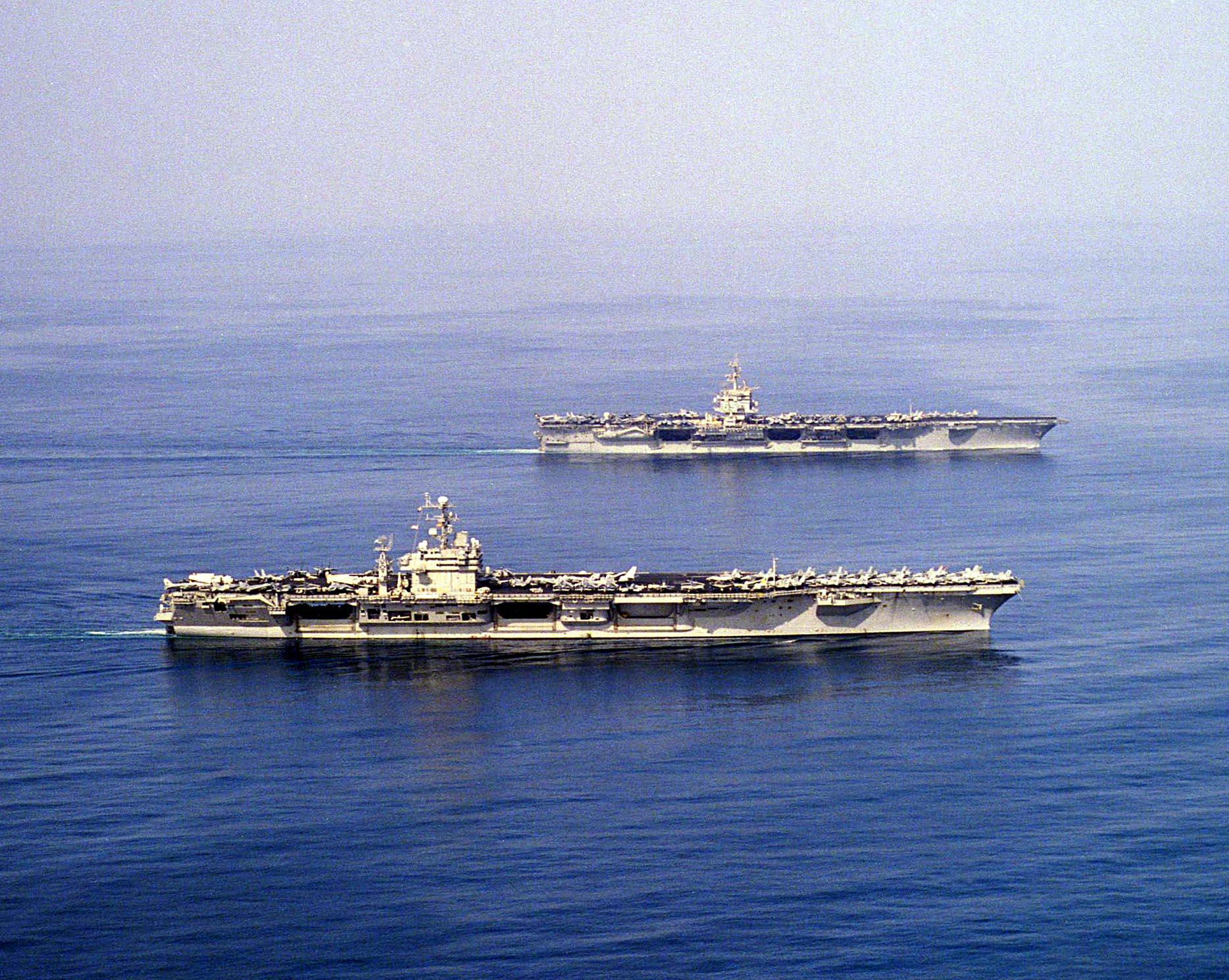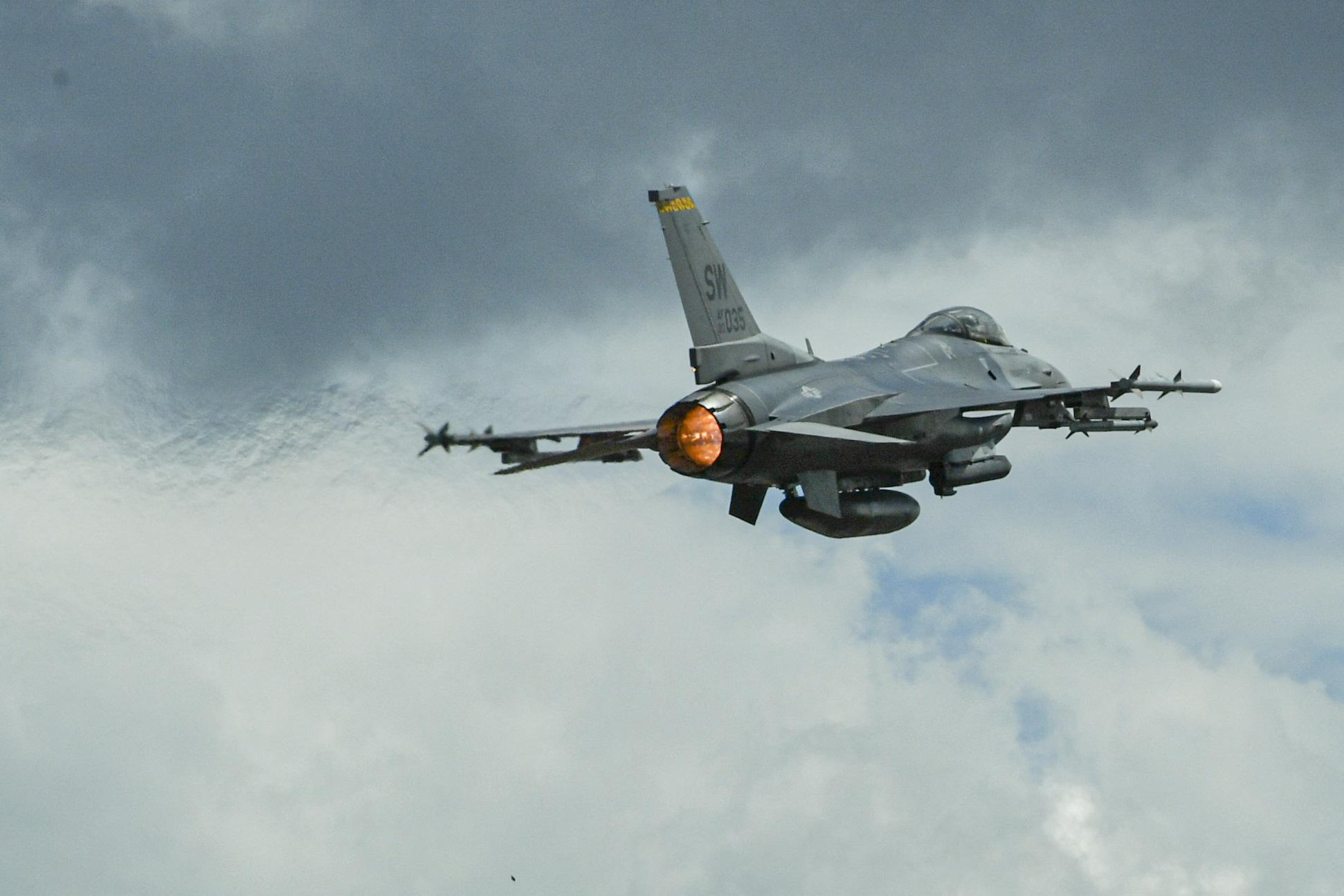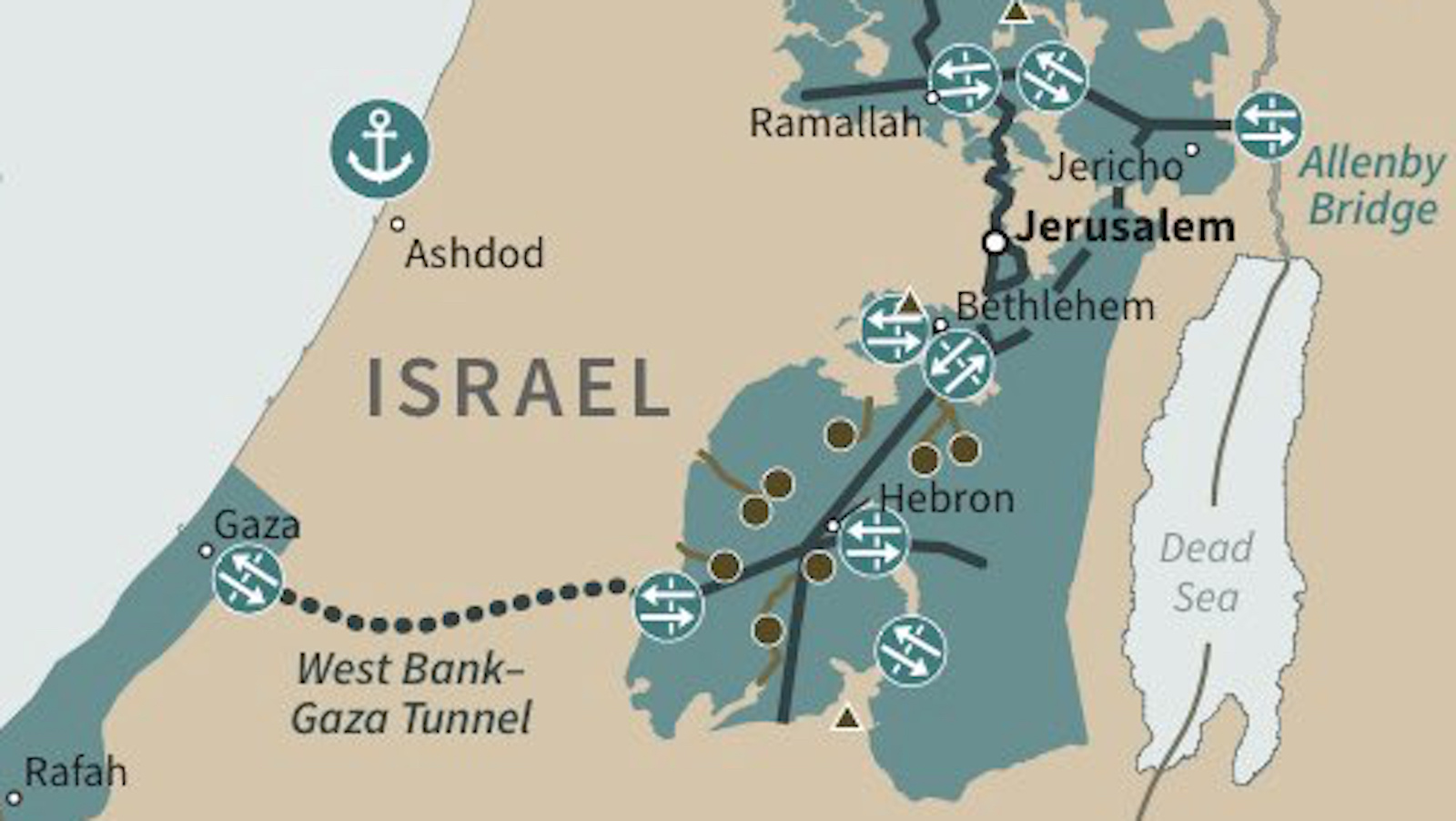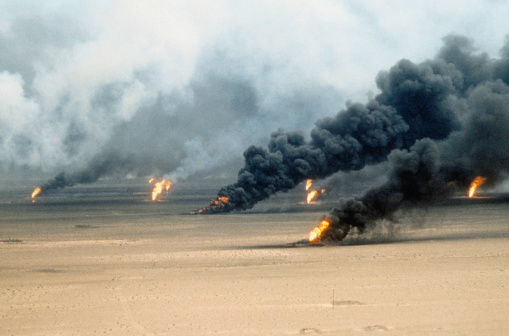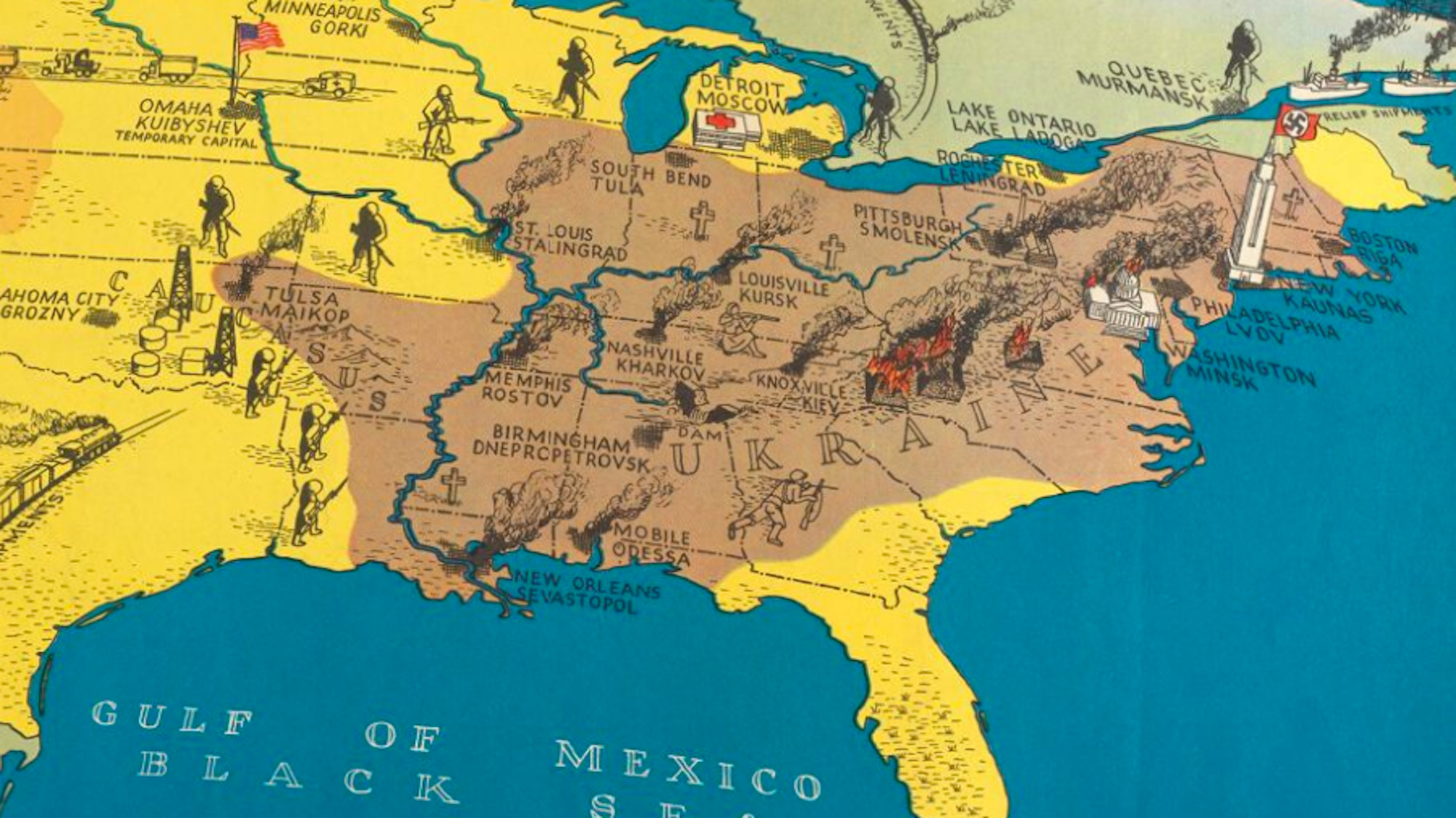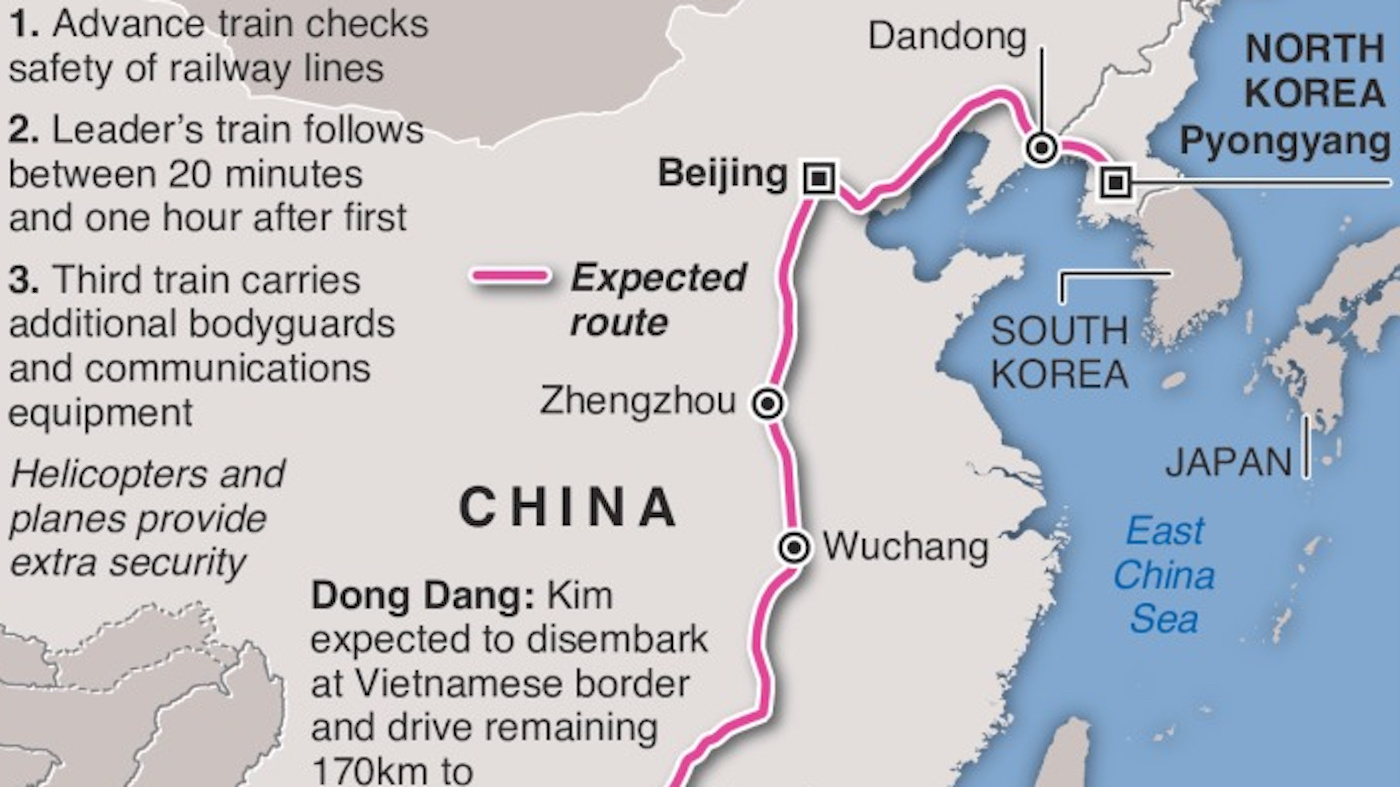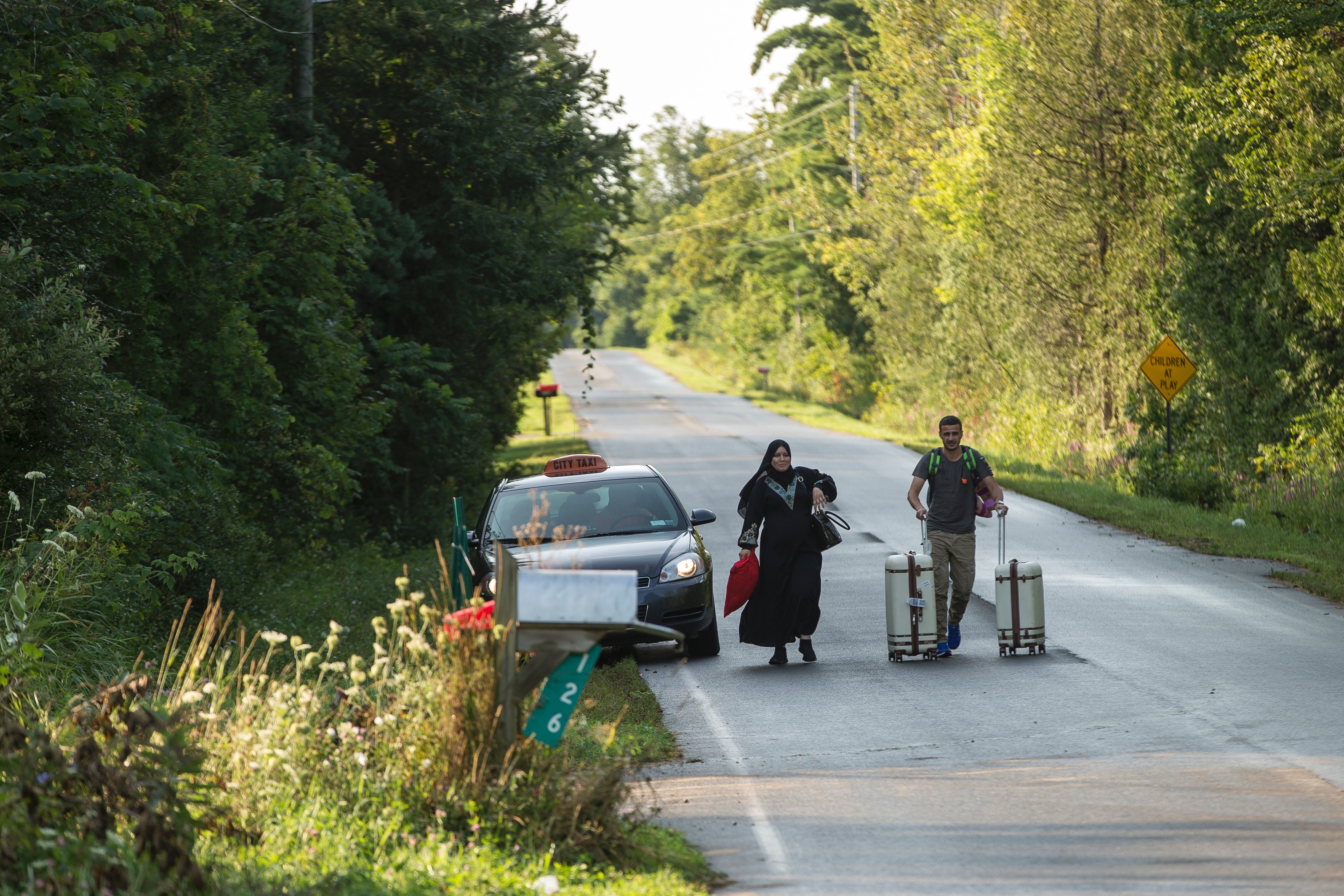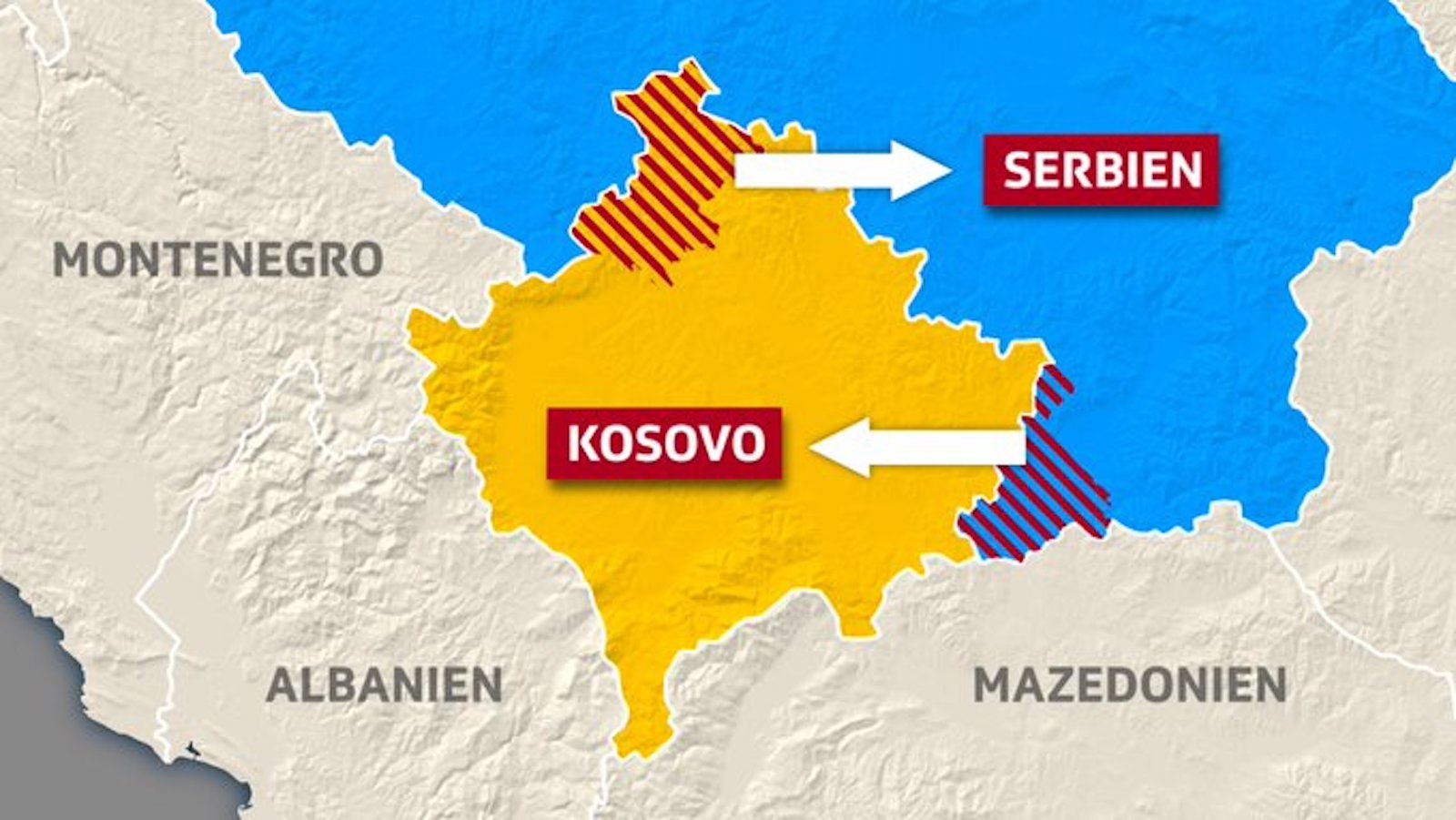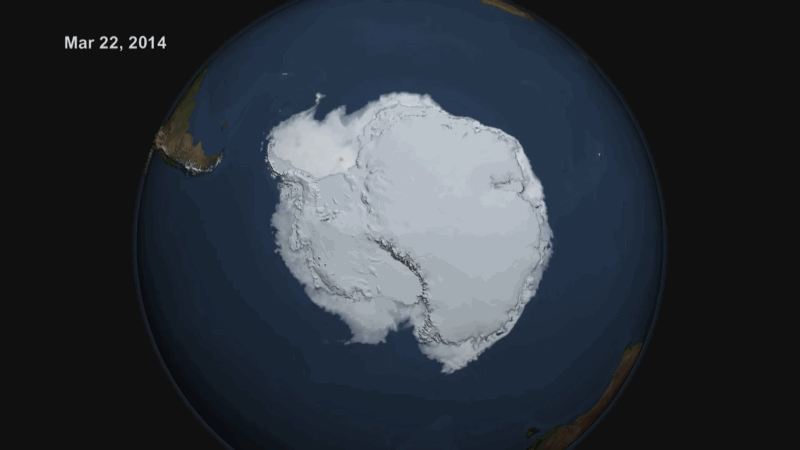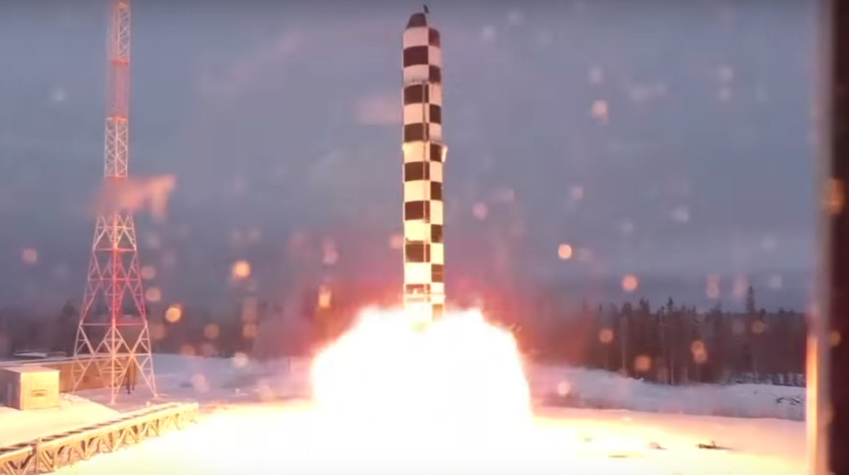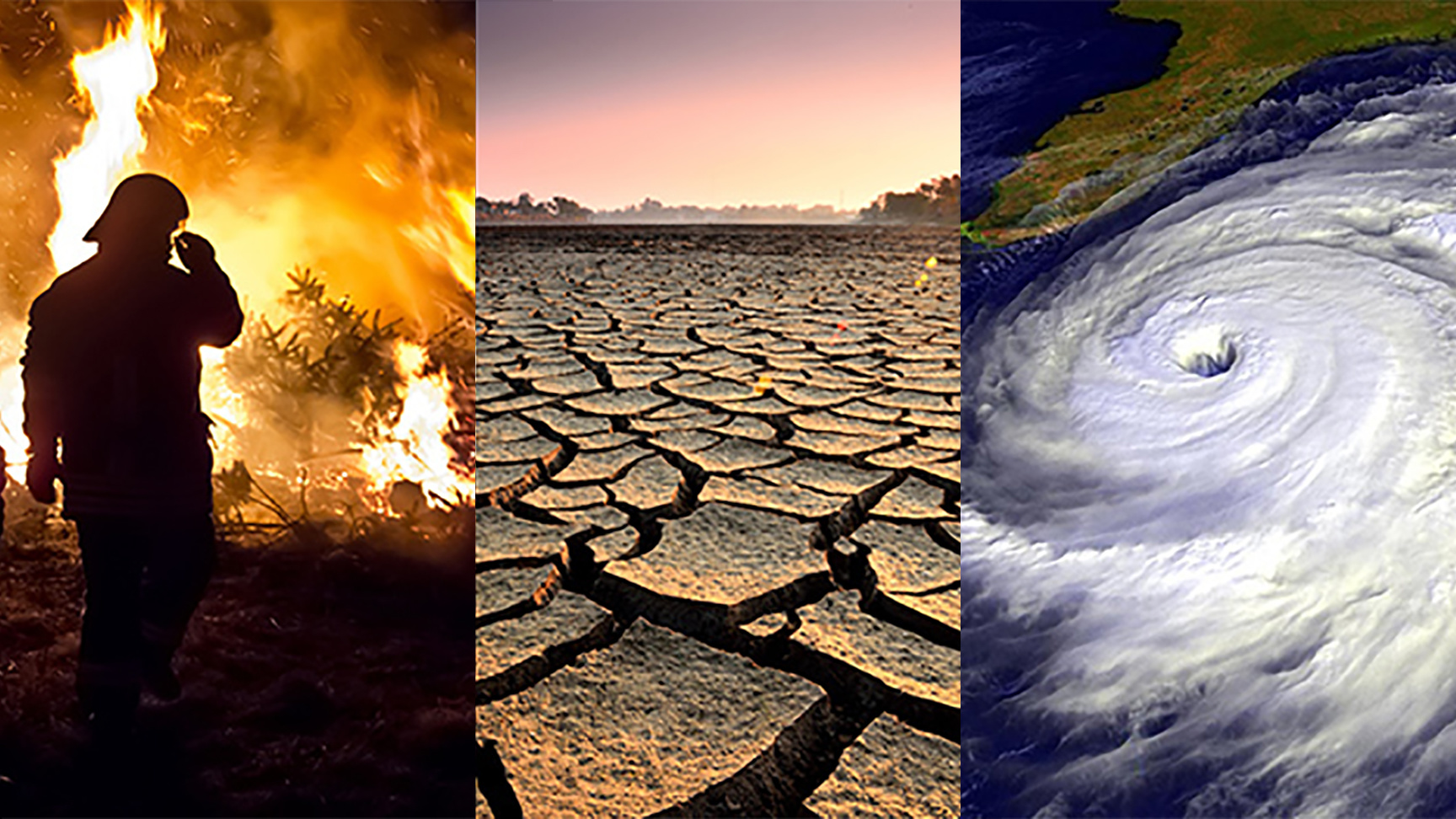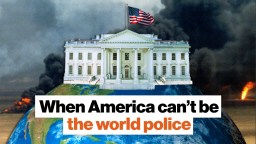foreign policy
Preferring “bases not places,” the U.S. does not really resemble the empires of old.
Instead of just Afghanistan, the U.S. military ought to withdraw from the entire Middle East and much of the rest of the world.
Before it fueled Woodstock and the Summer of Love, LSD was brought to America to make spying easier.
Opponents of 19th-century American imperialism were not above body-shaming the personification of the U.S. government.
Despite potential good intentions, interventionist policies are often viewed by classical liberals as violations of individual freedoms.
▸
6 min
—
with
Proponents of drones in foreign conflicts argue that it reduces harm for civilians and U.S. military personnel alike. Here’s why that might be wrong.
▸
with
Trump’s Middle East peace plan contains the first map of a Palestinian state that ‘Israel can live with’.
When it comes to foreign intervention, we often overlook the practices that creep into life back home.
▸
3 min
—
with
Researchers believe that war exacerbates climate change, threatening the environment and making future wars more likely.
Big Think’s eighth most popular video of the year reveals what the real future of war could look like.
▸
7 min
—
with
Cognitive psychologist Steven Pinker reminds us that innuendo and euphemism yield better quid pro quo results than an “or else” ultimatum.
In 1919, Woodrow Wilson attempted to rally the U.S. behind the League of Nations. His failure suggested the way forward.
By transplanting Operation Barbarossa on a map of the US, it showed the devastating effects of the Nazi invasion
The tactics that work now won’t work for long.
Policy advisor Simon Anholt believes the question we should ask is, which country is the “goodest”?
Can 6,500 mercenaries “fix” Afghanistan? The U.S. is resurrecting privatized warfare.
▸
4 min
—
with
North Korea’s Great Leader would rather not fly for his second summit with Trump – but the trip is also a political message to China.
…and hopes for big benefits.
Russia’s famed intelligence agency was often successful in getting American secrets.
Worryingly, these are not just two random collections of countries, but two blocs with a lot of pre-existing enmity.
Hollywood’s notions of future wars may be nothing like the real ones.
▸
7 min
—
with
Best case: Redrawing borders leads to peace, prosperity and EU membership. But there’s also a worst case.
Following World War I, President Woodrow Wilson nearly died trying to ensure world peace.
Superpowers team up to heat up the ionosphere by over 200 degrees.
The findings of the controversial study flew in the face of past research on ice gains in Antarctica.
The Russian robot named “Boris”, promoted as hi-tech by state tv, was revealed to be an actor.
China’s rise has necessitated a global PR push. It includes influencing how the movies you watch depict China.
On Tuesday, Secretary of State Mike Pompeo said the U.S. will withdraw from the 1987 agreement unless Russia falls back into compliance.
Attenborough told the audience at COP24 that climate change is “our greatest threat in thousands of years.”
America treats the world like a board game. That’s a problem.
▸
6 min
—
with
